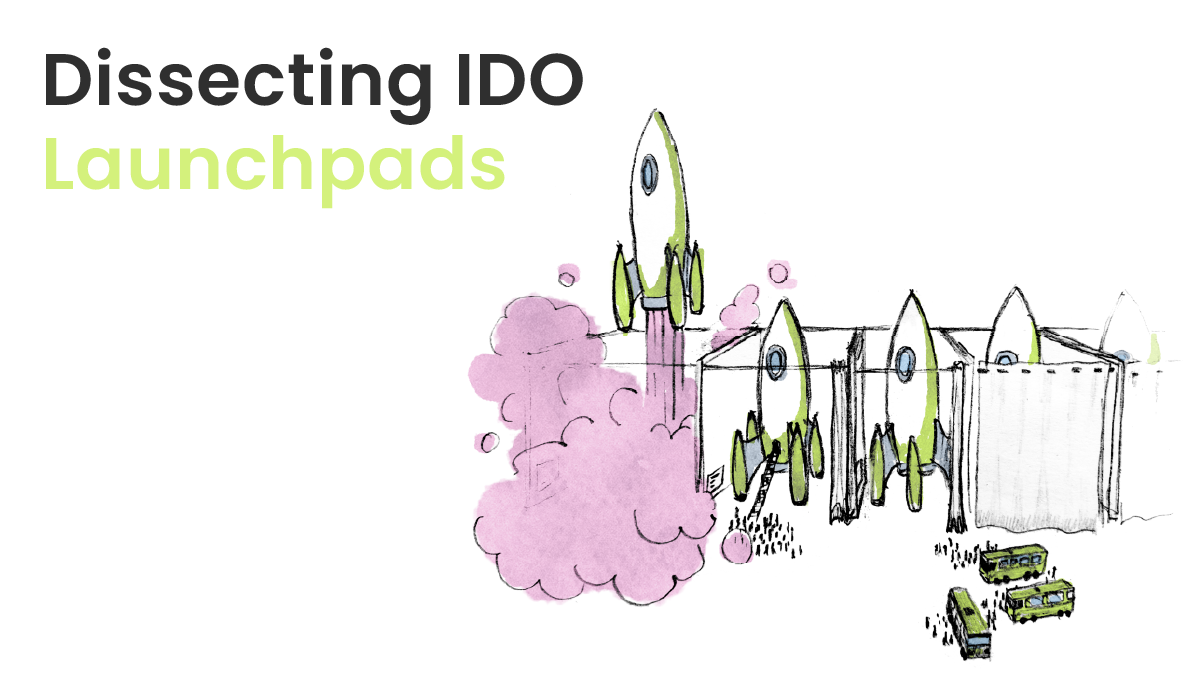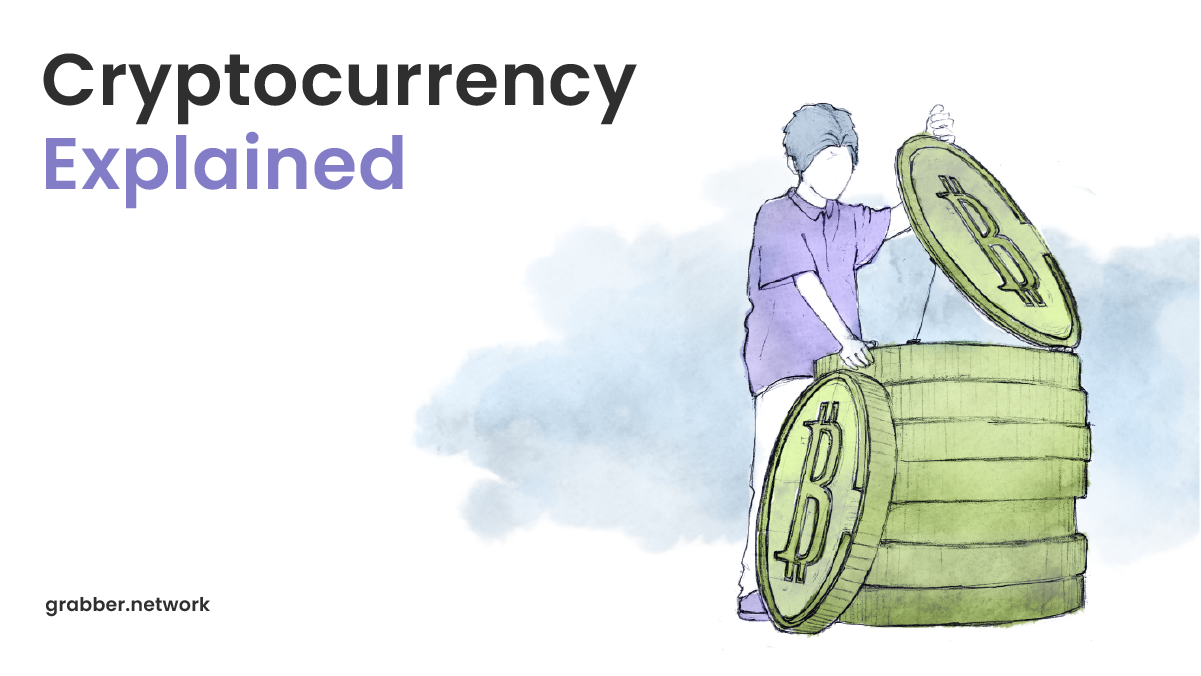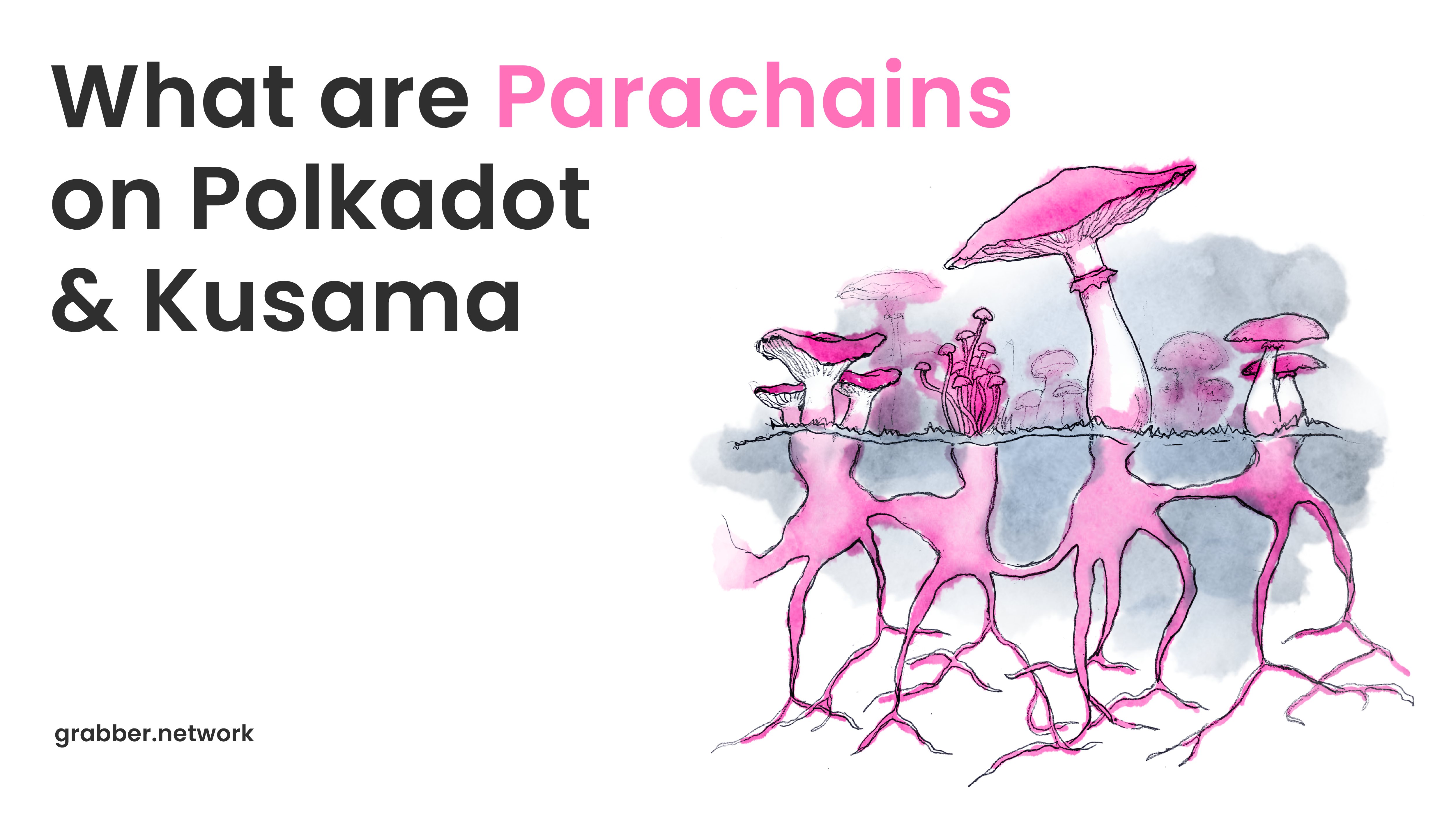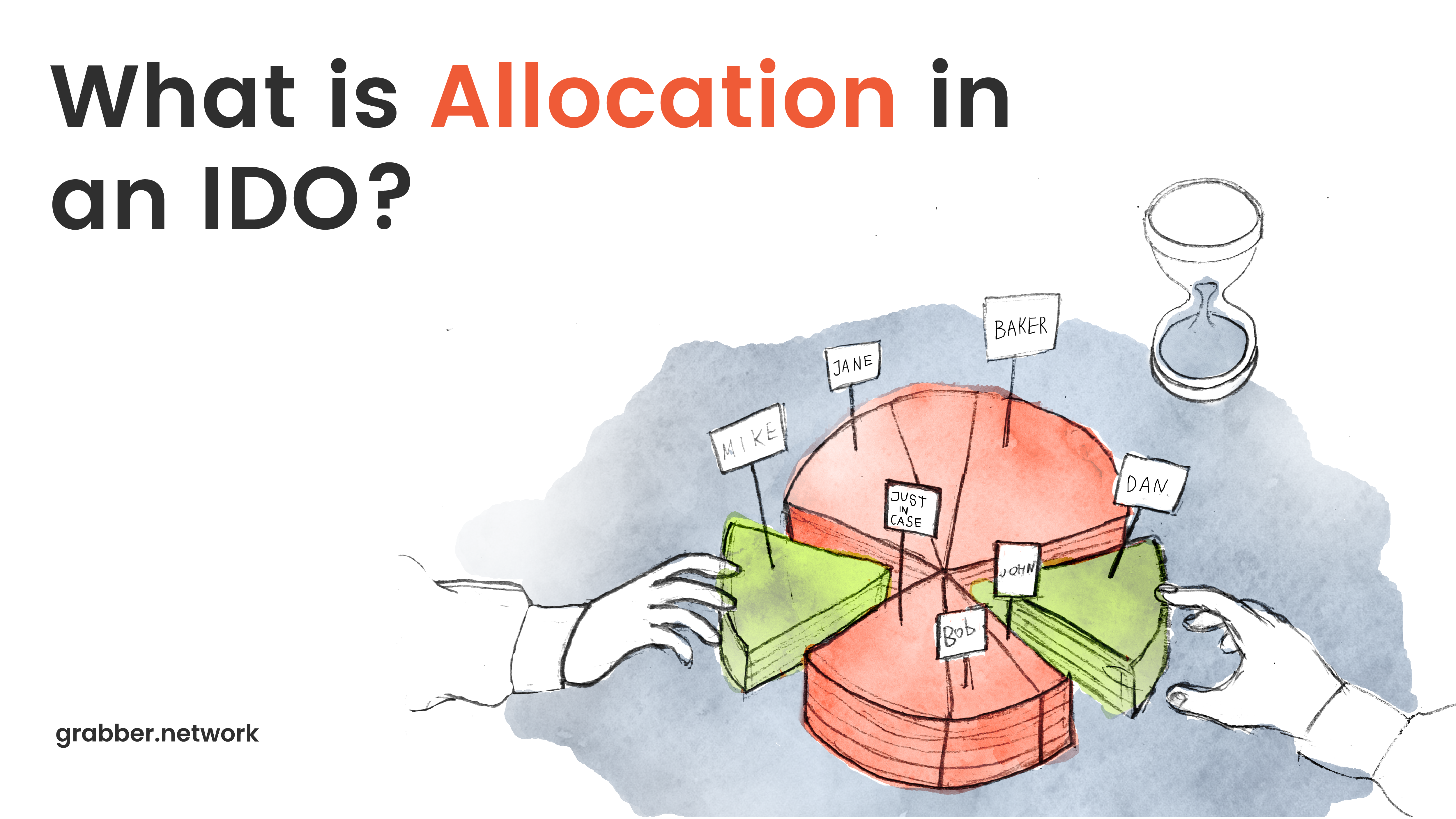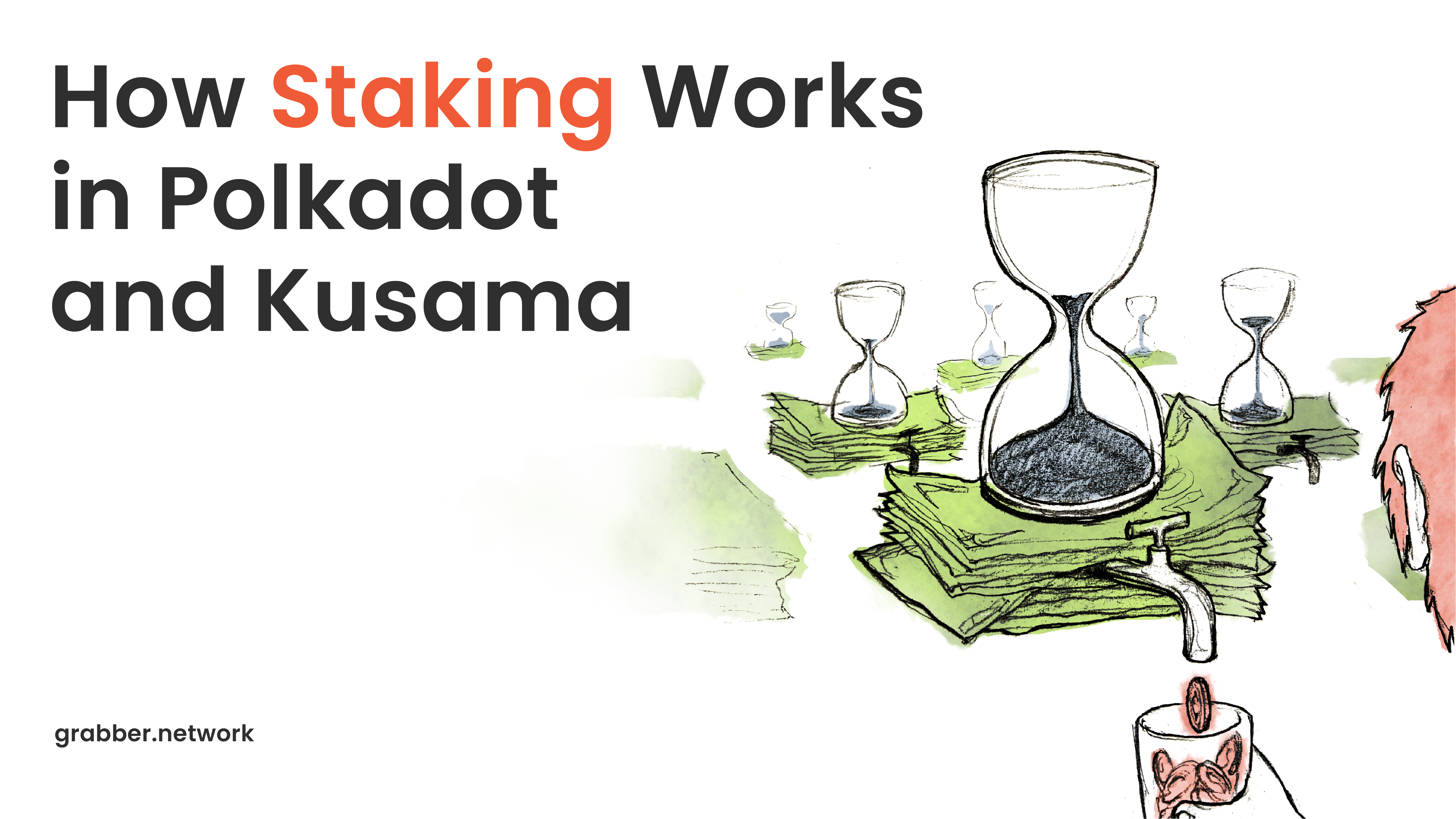What is Kusama (KSM) & How it works

Content
Kusama is a scalable network of specialized blockchains built using Substrate. The network is an experimental development environment for teams who want to move fast and innovate on Kusama, or prepare for deployment on Polkadot.
Kusama was founded in 2019 by Gavin Wood, founder of Polkadot and co-founder and former CTO of Ethereum. In his words, “Kusama is Polkadot’s experimental “canary” network. It is an early, unaudited and wholly experimental pre-production trial network, designed to help understand how the various cutting edge technologies introduced in areas including governance, staking, and sharding work under “real” economic conditions.”
The term “canary network” is telling us a lot about its nature, as it is derived from the term “canary in a coal mine.” Back in the day miners (like, actual miners, not crypto) used to carry canaries with them into the mine because the birds would sing in their cages and stop signing if there was a dangerous gas leak.
And this is important to understanding the philosophy and role of Kusama in the Polkadot ecosystem and larger crypto sphere in general. Kusama has been conceived as a public pre-production environment for Polkadot. This is the sandbox, the workshop network, that allows any developer to experiment and test new blockchains and applications before approving their installation to the Polkadot network. To grant that ability, Kusama has to be architecturally identical to its preppy sister. And it is. It has the same core structure and technology implemented within it. Kusama performs the same function as a virtual copy of Polkadot, allowing the most realistic testing environment possible for blockchain projects.
It acts as a testnet, but this term can not be applied here without a few reservations. Testnets, usually sterile, reduced in size and semi-private, usually don’t grant the same level of testing and trialing abilities that projects can conduct on Kusama.
Nevertheless, despite its obvious inclinations toward experimentation, Kusama is still a full-on blockchain network on its own, an environment for business and development that can become a heaven for crypto projects. Moreover, it is always one step ahead of Polkadot, trying out new features, allowing developers to take big risks, otherwise impossible on other blockchains.
Structure of Kusama
Since it’s a “canary network” of Polkadot, it’s no surprise that it has an identical structure to it.
Kusama too implements sharding in its design. Sharding is the practice of splitting the network into several units (called shards), which is managed by a portion of the total number of network nodes.It takes advantage of splitting performance between different data structures within the network for improved scalability and higher flexibility and specificity of blockchain development. It is a staple of Polkadot technology and its main technological advantage.
Now, let’s take a closer look at the way responsibility is split within the Kusama network:
Just like Polkadot, Kusama has one relay chain, its “core” blockchain that doesn’t support smart-contracts and has slots for connecting parallel chains (Parachains), Parathreads and bridges to establish connections with third-party blockchains.
How do Parachains on Kusama work?
Parachains are heterogeneous blockchains or other data structures, native to the Kusama Consensus mechanism and its basic Token – KSM. These heterogeneous blockchains can be highly industry-specific and have vastly different ways of data-organization, but are still interoperable with each other. They share in the security of the entire network and can communicate with other parachains in the network through the XCM format. Parachains may have their own economies with their own native tokens.
Parachains on Kusama are maintained by Collators – full nodes of the Parachain, which ensure performance of everything on the Parachain, except for the block validation. Collators produce new block candidates to pass to the Relay Chain validators for verification and inclusion in the shared state of Polkadot.
Parachain slots on Kusama, of which there are only 100 at the moment, are being distributed during auctions (except for common good or utility Parachains, allocated by governance). Candidate projects seeking to win the right to lease Parachain slots on Kusama have to win Parachain auctions in order to get plugged into the Relay chain of Kusama.
Parachain slots can be leased for up to 1 year at a time with the option to renew, and grant the parachain continuous connection to the network for the duration of the lease. There are currently 39 Parachains being leased on Kusama.
For more information on Parachains, their role and structure, please take a look at our in-depth take on Parachains on Polkadot and Kusama.
- Parathreads on Kusama
There is also a different way of employing the potential of the Kusama network potential – Parathreads.
Where Parachains have to secure a spot for a prolonged leasing, Parathreads are designed to temporarily participate (on a block by block basis) in Kusama security without occupying a dedicated Parachain slot. This is done through economically sharing the scarce resource of a parachain slot among several competing resources (parathreads).
It is a perfect compromise for chains that otherwise would not be able to acquire a full parachain slot or do not find it economically sensible to do so. The fee for using Kusama potential is paid per executed block. It also offers a safe and smooth off-ramp to parachains that no longer require a dedicated parachain slot, but would like to continue using the Relay Chain.
- Bridges
It is the bridges that are appointed to deliver on the promise of Polkadot (and consequently Kusama) of interoperability between sovereign and technologically diverse chains.
If we take a look at the overview of bridges on Kusama’s website, we can see that although they are sufficiently planned out, there have not been too many bridges used heavily in production of Kusama at the moment. Thus, you should consider the following as “work in progress”.
Kusama generally supports these 3 bridging methods for trustless and decentralized bridges:- Bridge pallets – For Substrate-native chains (Kusama-Polkadot bridge).
- Smart contracts – for non-Substrate based chains, which support smart-contracts (Ethereum, Cardano, etc). Smart contracts are being implemented on the non-Substrate chain to bridge (for example, Ethereum mainnet will have a bridge smart contract that initiates Eth transactions based on incoming XCMP messages).
- Higher-order protocols – for chains, which do not support smart contracts (Bitcoin, Ripple, etc.), XClaim or similar protocols can be used for bridging with Kusama.
Kusama vs Polkadot: Differences
As you can see, the overall architecture of Kusama and Polkadot is nearly identical. But there are some key differences between the edgy and experimental Kusama and its preppy “poster-girl” sister Polkadot. And these differences can be derived from their philosophy.
Where Polkadot values high stability and dependability, Kusama pushes for bold experimentation and encourages daring development.
There are also several technological differences between Kusama and Polkadot, such as network speed. Kusama has modified governance parameters that allow for up to four times faster upgrades to encourage active user involvement.
Kusama generally has a lower financial threshold for activity on the network, including staking, validating, nominating, governance and auctions.
These aspects have led to a diversity of use-cases on both networks. If Polkadot is designed to host B2B or enterprise applications, financial services or high-value applications with high security requirements, Kusama is welcoming early-stage startups, experimental applications without a specific focus on security and robustness.
What’s also important is that Parity sees a different and independent future for both Kusama and Polkadot. Over time the networks will both evolve in their own ways, converging or diverging according to the decisions of their respective communities.
Kusama advantages
- The biggest and the most obvious one is Kusama’s nearly identical resemblance to the Polkadot architecture and structure, allowing it to crash-test potential Polkadot projects for developers.
- Ability to participate in Kusama’s governance by acquiring KSM, Kusama’s native token. According to Polkadot’s wiki, Those who participated in the Polkadot sale can claim a proportional amount of KSM through the Kusama Claims process.
- A safe haven for drafting and trialing for user-participation. For example, you can set up as a validator on Kusama with a significantly lower threshold than on Polkadot, understand expectations/requirements before making a serious decision of moving to Polkadot. Alternately, users can easily set themselves up as nominators, a role that requires some staking but allows a “set it and forget it” approach. Nominators appoint their stake to validators and get either a portion of the reward percentage or are slashed if the validator they nominated acts poorly and is slashed. Staking also allows users to propose and vote on referendums, which will help the network evolve and improve over time.
Risks!
All of that comes with a price – high risks. For Kusama, its mere existence is largely meant to mitigate risk from Polkadot. So, this is an extremely turbulent environment. Even if individual projects are risk-averse, they could be affected by a major issue caused by another chain’s test, or even a test from Kusama itself. But high risks usually equate to high volatility. So, as they say, “no guts, no glory”.
Nothing is guaranteed in a hyper-innovative industry, and blockchain is no exception. Technical glitches, market fluctuations, and government regulation all contribute their own potential issues to running a parachain on Kusama. To be fair, these risks are present for any blockchain out there.
$KSM
Kusama network is powered by its own native token – KSM.
It acts as a currency (i.e. a medium of exchange) and has a couple of other functionalities, similar to functionalities of DOT token on the Polkadot network. These functionalities include:
- Validating the network. Just like Polkadot, Kusama runs on a Nominated Proof of Stake consensus protocol. This means that validators have to stake (or lock up) a great number of KSM as collateral when applying for the job as a validator.
- Nominating validators. Similar to Polkadot, Kusama’s validators are nominated on the network by other actors (Nominators) not only based on their stake, but on reputation and trustworthiness too. This method is implemented to prevent validator collusion. Nominators don’t need to stake as much as validators, so there are more of them in the network.
- Bonding to bid for parachain slots. Blockchain companies compete with one another in an auction for a slot to connect to Kusama, using KSM in a bid.
- Governance: voting and creating proposals. Kusama is a “self-governed” network, which doesn’t require the help of the Web3 Foundation, who oversees its developments in its initial phase. Actors can stake their KSM to create proposals, vote on them and elect their community representatives.
Kusama has a cap supply of 10 million KSM. As we have previously stated, KSM tokens can be claimed by those who had participated in the token sale off Polkadot’s DOT. The rest of the supply is stored in the network’s treasury system to reward validators and nominators for staking, to give developer grants, and more.
Conclusion
Kusama was conceived as a testnet and training ground for Polkadot and is performing its duties responsibly and selflessly to this day. It is the lightning rod of Polkadot, its stunt-double, its “canary in a coal mine” and without Kusama, safety and stability of Polkadot is in danger.
However, apart from being an elaborate and vast sand-box for testing out projects, it is also a network of its own with its own future ahead and potential to become the stand-alone environment for crypto projects with its own community, governance, and complementary use cases.
Content
Receive updates from our blog
You may be interested
Learn basics in our free Wiki section!
